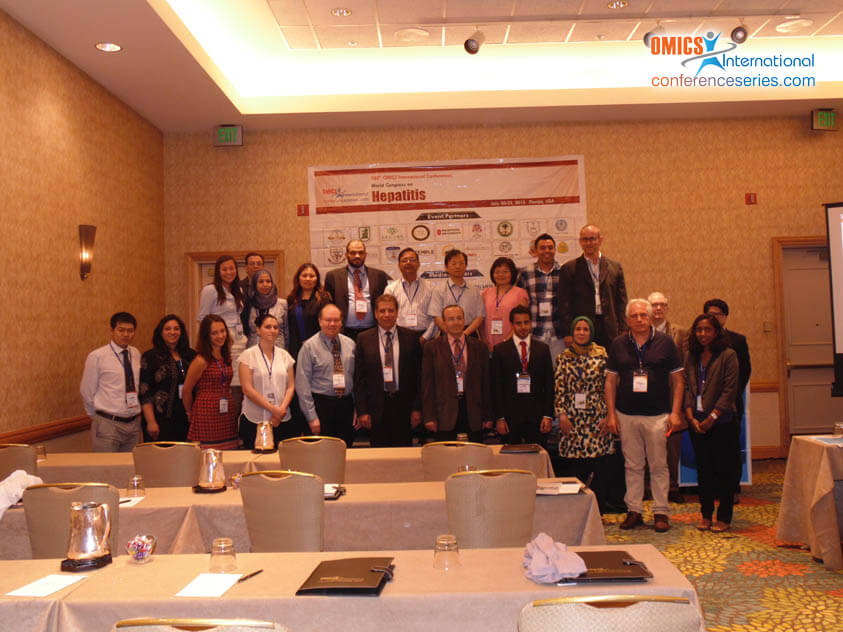
Dr. Hussien Elsiesy
KFSH & RC, Saudi Arabia
Title: Improvement of hepatitis C related glomerulonephritis after kidney transplantation using sofosbuvir plus simeprevir
Biography
Biography: Dr. Hussien Elsiesy
Abstract
Renal transplant (RT) recipients have a HCV infection rate of 5–15% in the developed countries, with higher rates in the developing world. The immunosuppressed state of RT recipients dramatically accelerated disease progression. This lead to severe HCV-related liver damage such as cirrhosis, fibrosing cholestatic hepatitis or liver failure. Liver disease is the fourth leading cause of mortality (8–28%) in long-term survivors after RT. Furthermore, HCV also negatively impacts renal graft survival. There is however very limited data on the use of direct acting antivirals (DAA) in patients with HCV post renal transplant. We report 69 year old lady, with history of hypertension, s/p living donor kidney transplant in 2004, with stable renal function (Creatinine was 0.74 until April 2014) presented with worsening renal function with creatinine reaching 5.4, Kidney biopsy (July & August 2014) showed no evidence of acute cellular or antibody mediated rejection (C4d negative), immune complex mediated glomerulonephritis (GN) likely related to HCV. Liver biopsy (August 2014): G-1, S 2-3 with 10% steatosis. HCV RNA 35, 451, 564 IU/ml, genotype 1a, P-ANCA, ANA were positive. The patient was treated with IVIG, Rituximab, Bortezumib, methylprednisone (500 mg x3), and total plasma exchange. Patient started on sofosbuvir and simeprevir without ribavirin for 12 weeks. HCV RNA at: Week 1: 1829 IU/ml, Week 2: <30 IU/ml, Week 4-8 and 12: undetectable, SVR 12: undetectable. Renal function dramatically improved with the last creatinine 1.2. In conclusion, the new DAA is highly effective in clearing HCV and resulted in dramatic improvement of HCV related GN.



